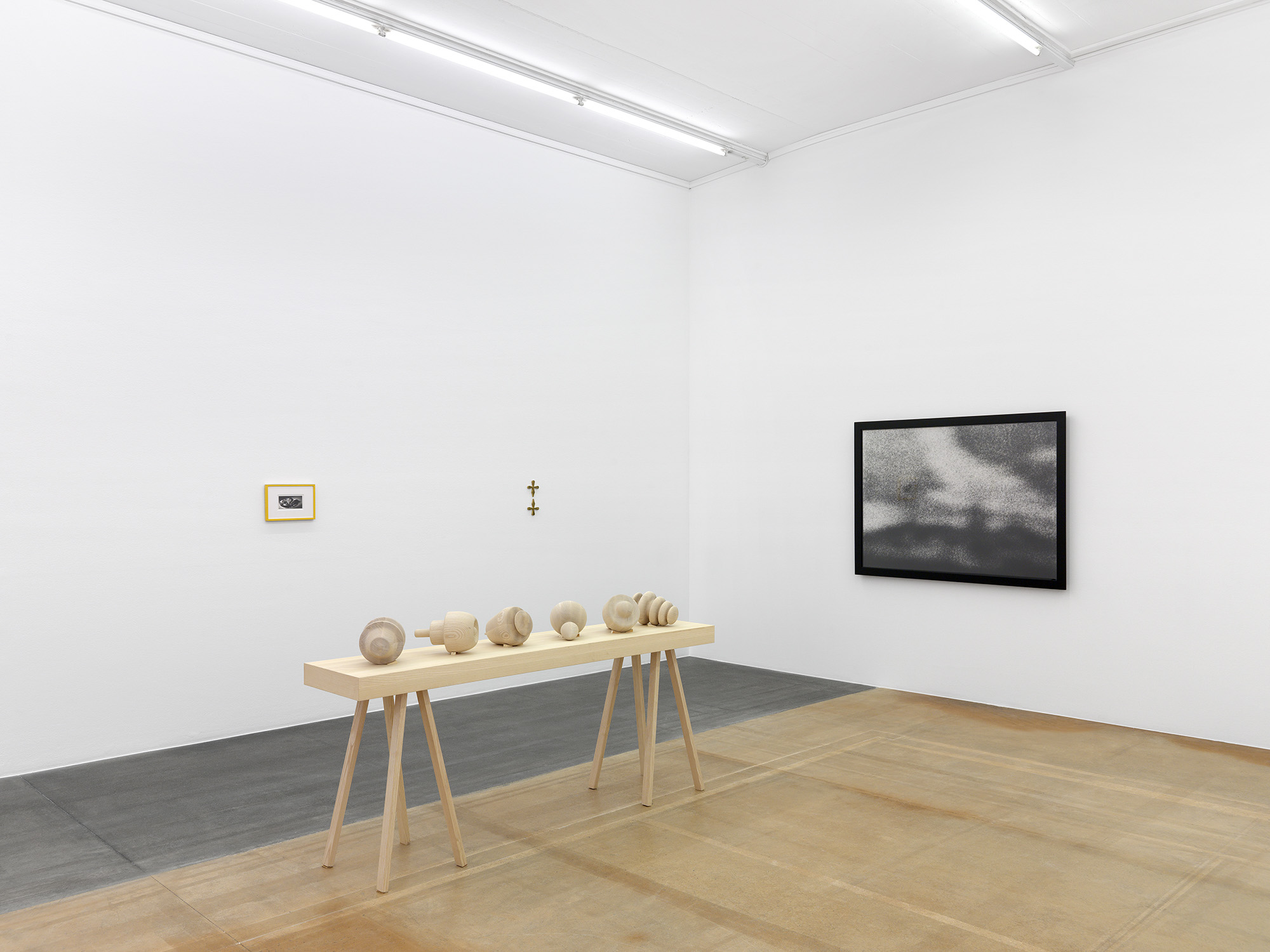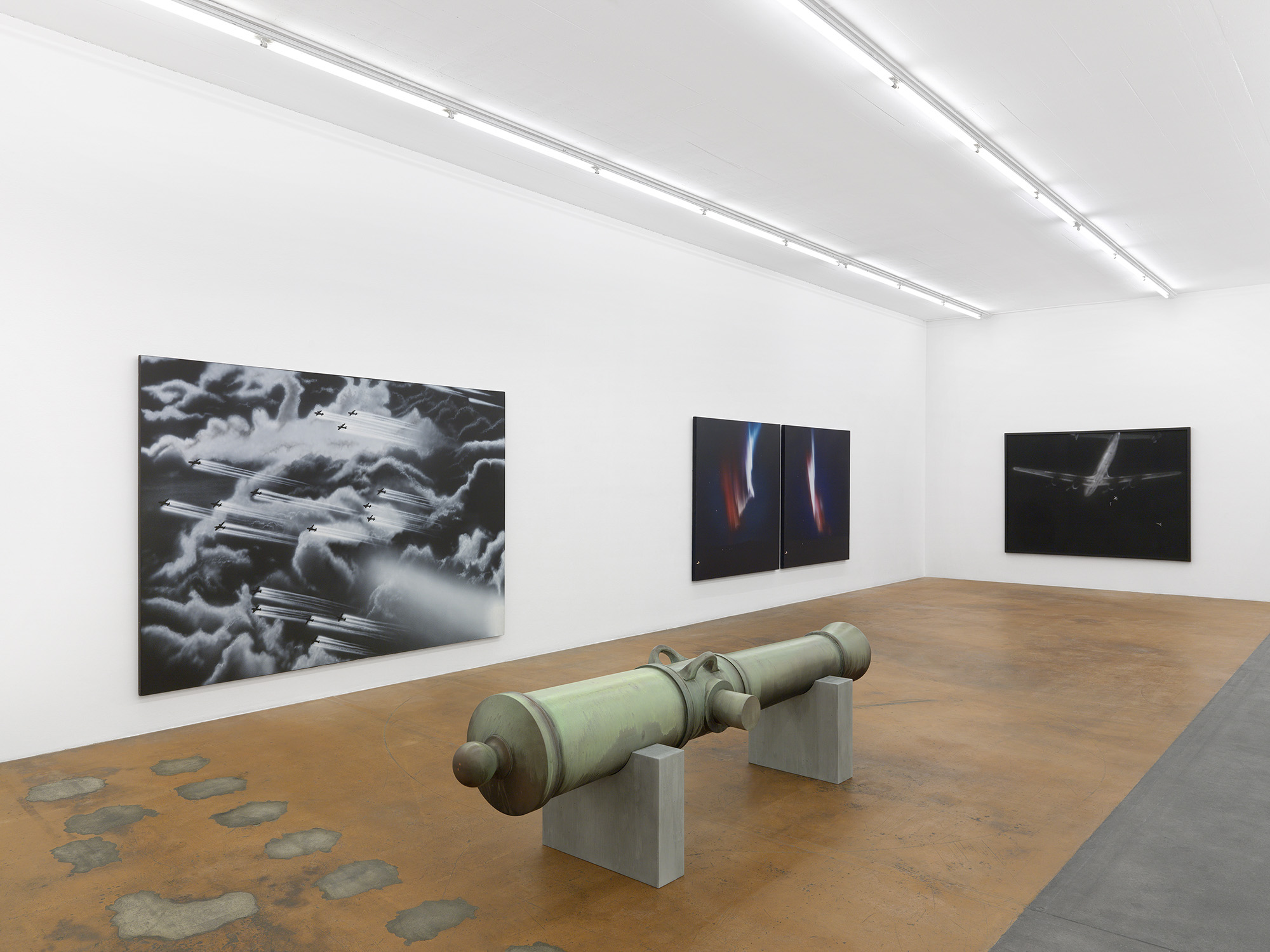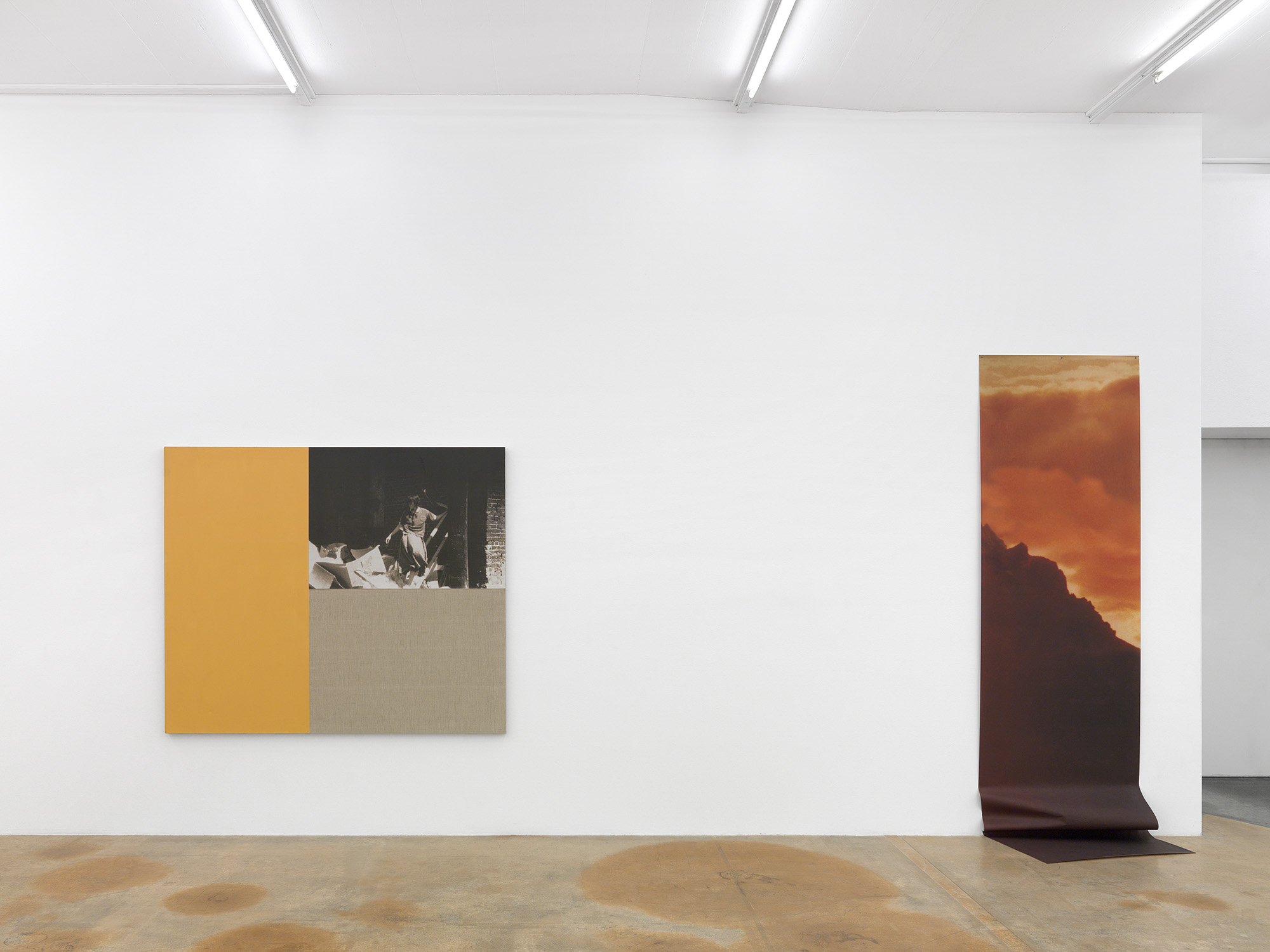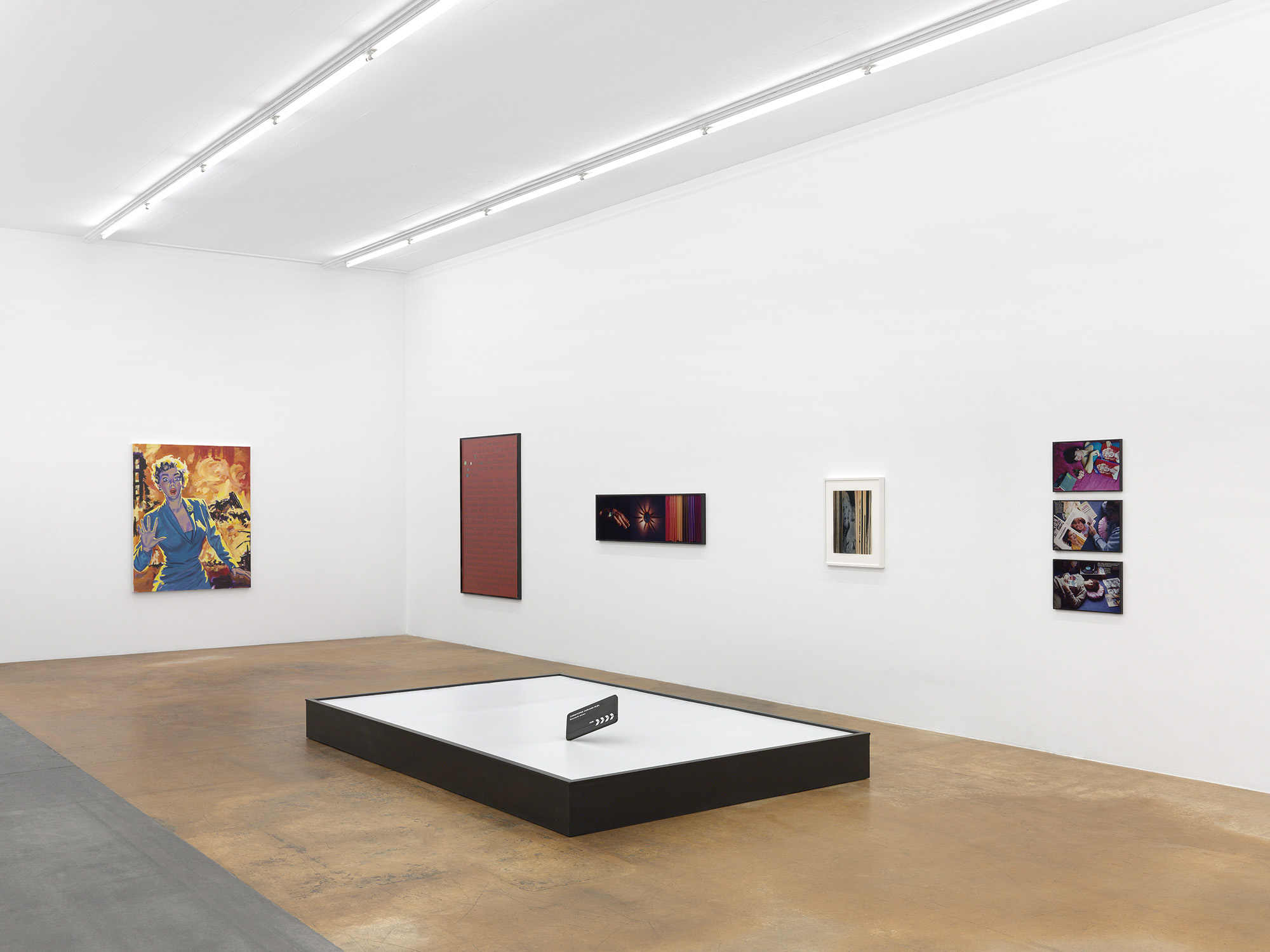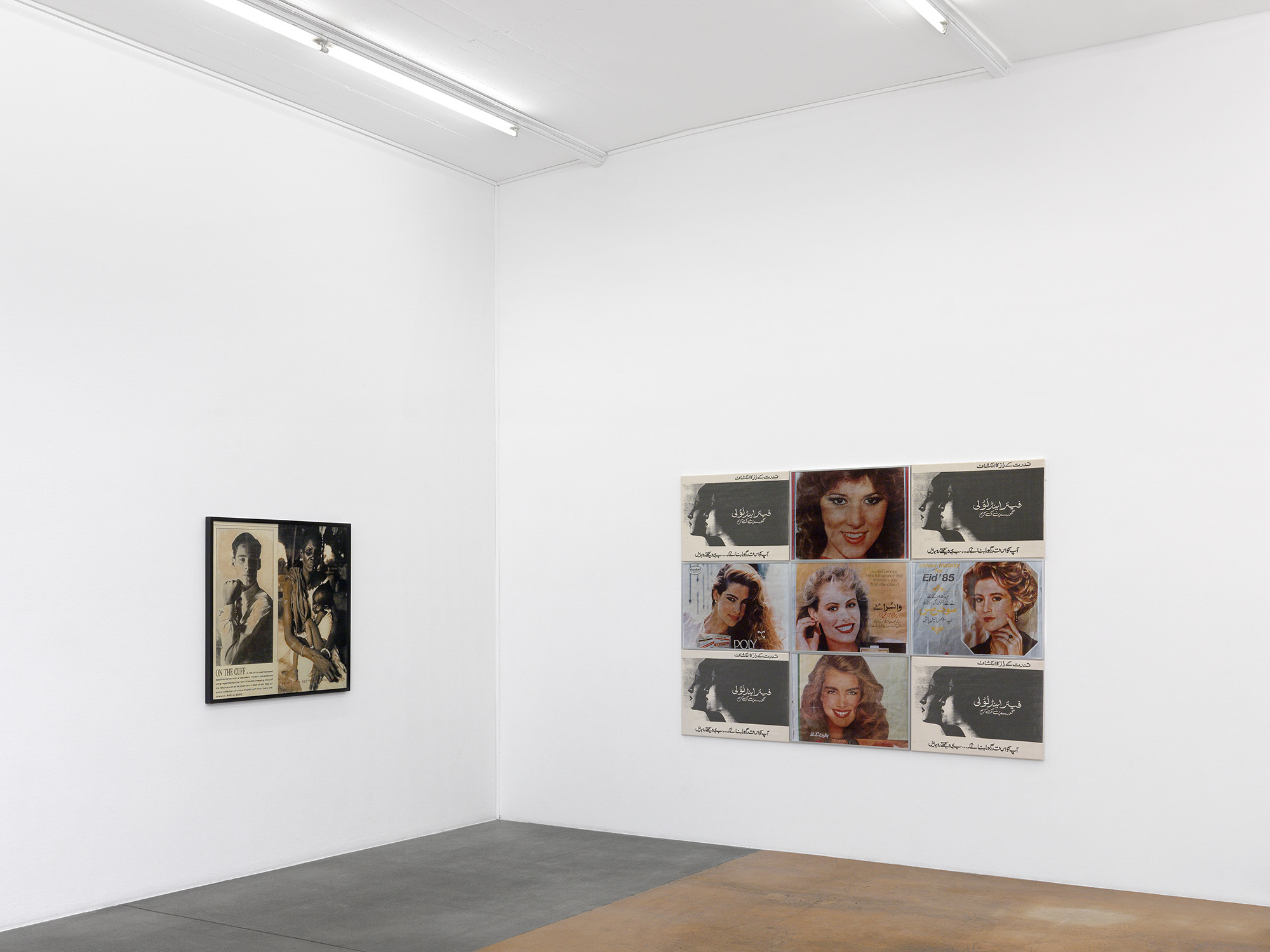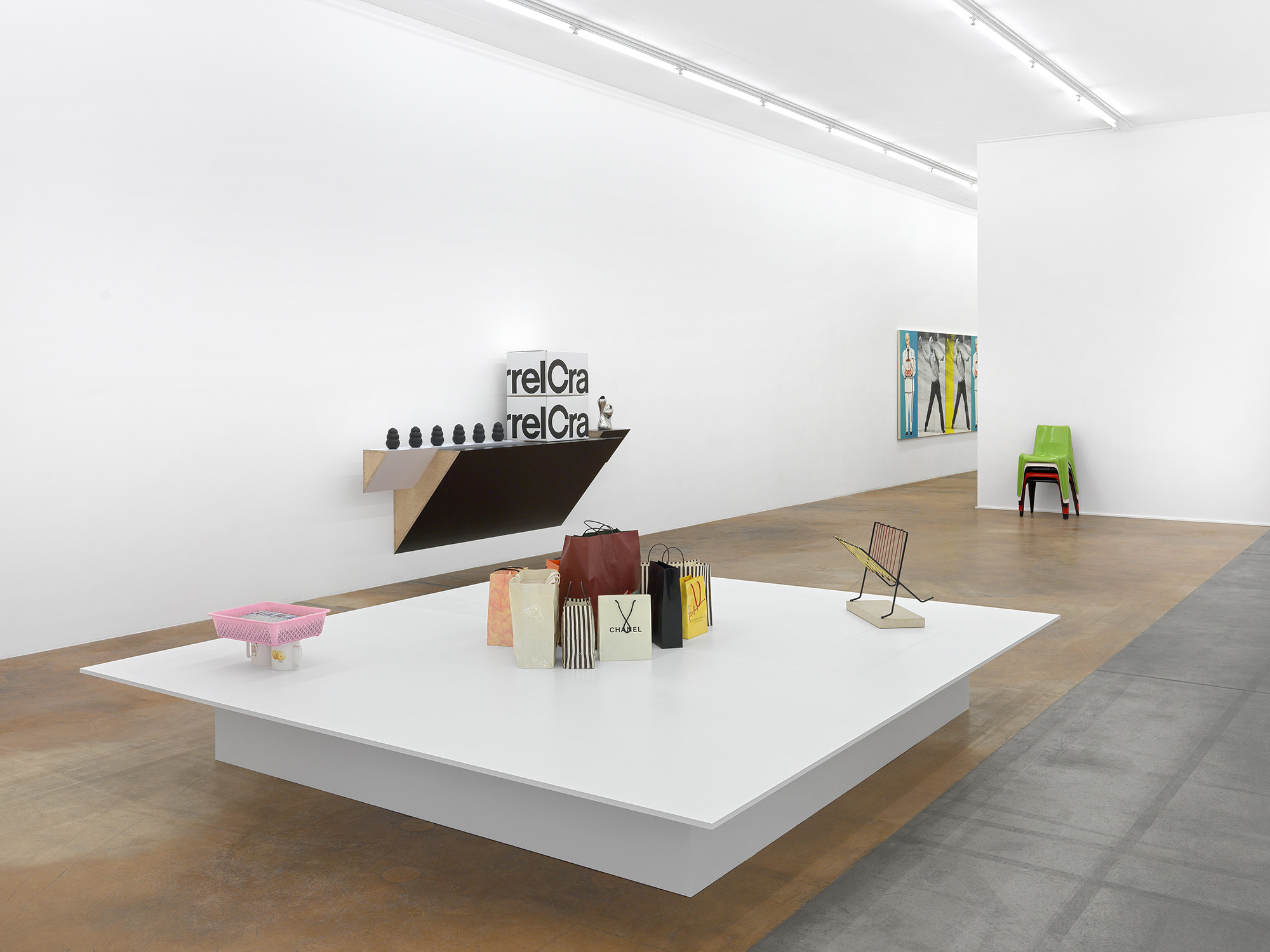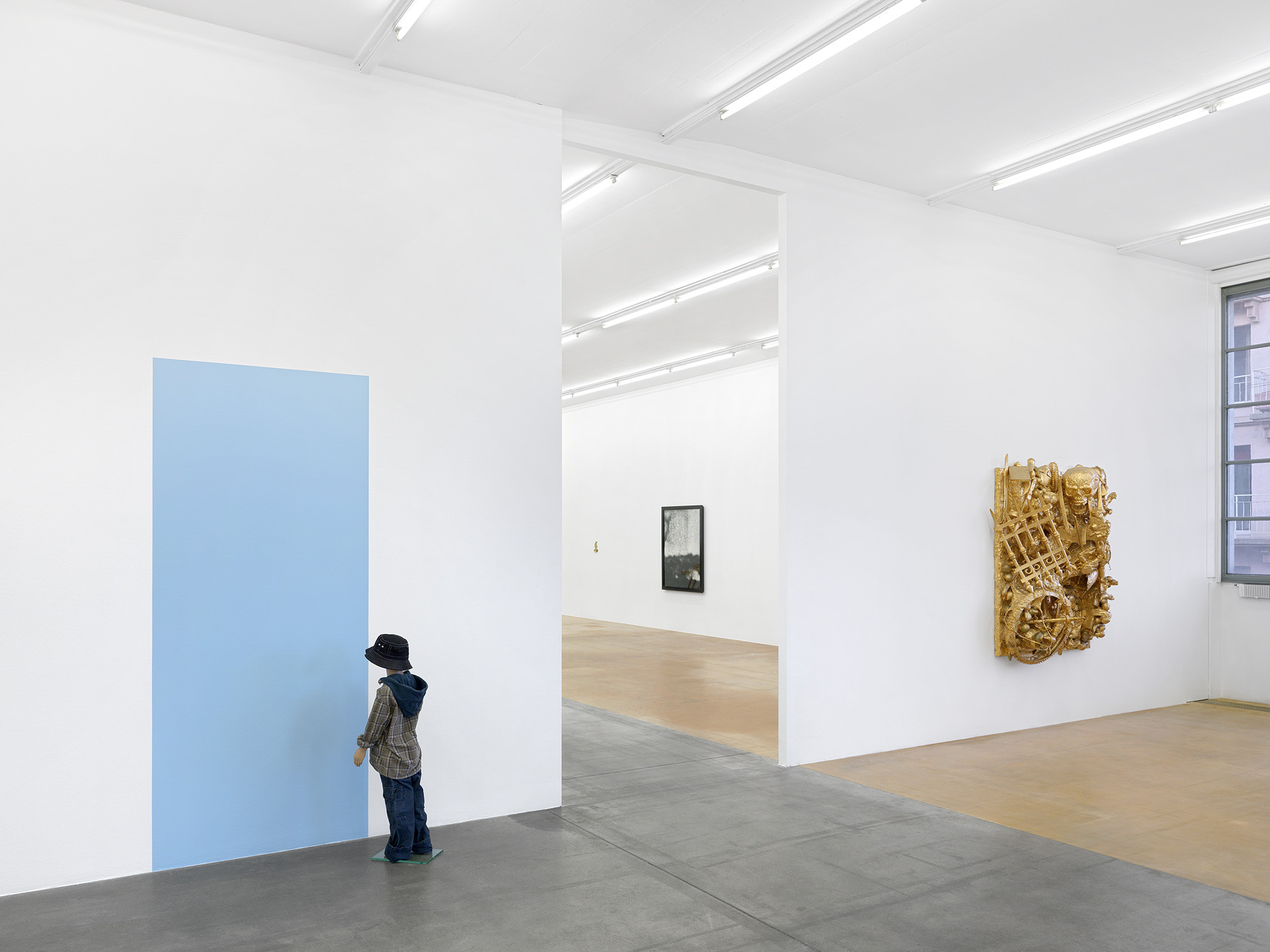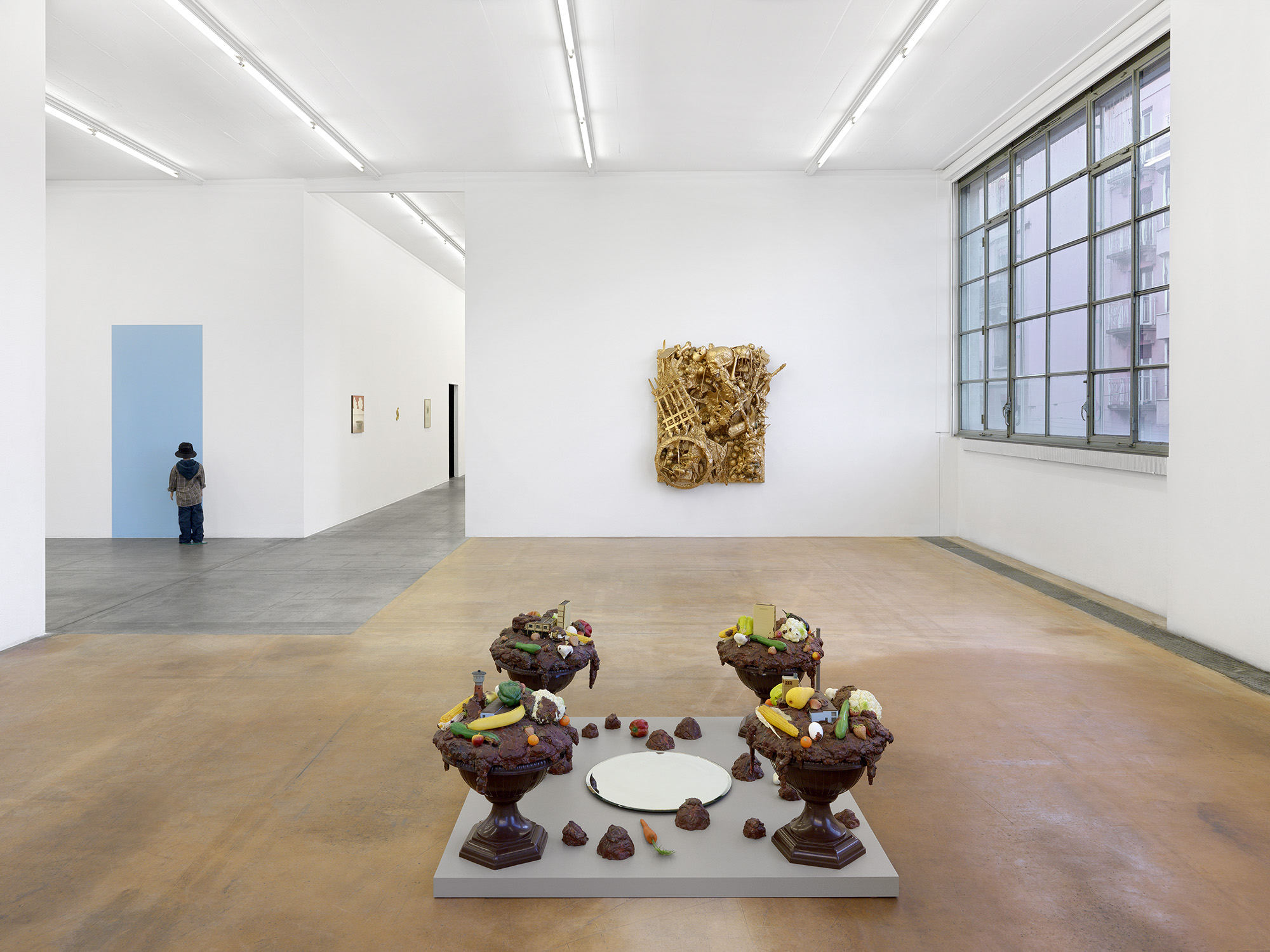For several years, MAMCO has been building up a substantial collection of works from the “Pictures Generation,” the name now used to describe the generation of artists who reshaped image production and distribution practices in the late 1970s and early 1980s. Thanks to the efforts of the MAMCO Foundation and the MAMCO Friends Association, and to the generosity of artists and private donors, this process has reached a first step of achievement—albeit with scope for further development. This exhibition showcased the resulting collection and aimed to shine a light on the various strategies employed by artists since the 1960s and on how they have influenced younger practices.
In the 1960s, Elaine Sturtevant and Richard Pettibone set about “appropriating” the work of other artists—in this instance, pieces by Roy Lichtenstein and Andy Warhol. Their “repurposing” of existing images foreshadowed the approach adopted by later artists such as Sherrie Levine in the 1980s and Yoon Ja & Paul Devautour in the 1990s, all of whom used reproduction as part of their artistic practice.
The generation of artists who featured in Douglas Crimp’s Pictures exhibition in 1977 shared a critical interest in the representation of mass-media images and in their citing, reframing, and decontextualization. Troy Brauntuch, Jack Goldstein, and Robert Longo could rightly be described as “iconographers”: by recasting mass-produced images in a fresh light, they sought to emphasize the reason for their impact and to tease out their underlying meaning. Contemporaries such as Cindy Sherman, Ian Wallace, David Robbins, Walter Robinson, and Philippe Thomas focused on the stories behind the images they manipulated, while the works of Ken Lum, Vikky Alexander, Richard Prince, and Julia Wachtel served as a critical commentary on the language of advertising.
The “Commodity Sculpture” movement of the late 1980s took these same strategies and applied them to the arrangement of physical objects, an approach evident in the works of Haim Steinbach and in John M. Armleder’s “Furniture Sculptures.” Meanwhile, Louise Lawler and Allan McCollum—in both their solo and collaborative efforts—incorporated techniques of simulacra and mise en abyme into their practice.
John Miller’s works were given a room in the exhibition for the very reasons that the museum holds a large collection of them and that he, along with Mike Kelley and Jim Shaw, most clearly articulated a “post-Pictures” critique of our society’s value systems.
By displaying the works by typologies, the exhibition aimed to highlight the strategies employed by members of the “Pictures Generation,” and to compare these approaches with those of younger Swiss artists.
- Exhibition curated by Lionel Bovier and Julien Fronsacq, with mostly works drawn from the museum’s collection
